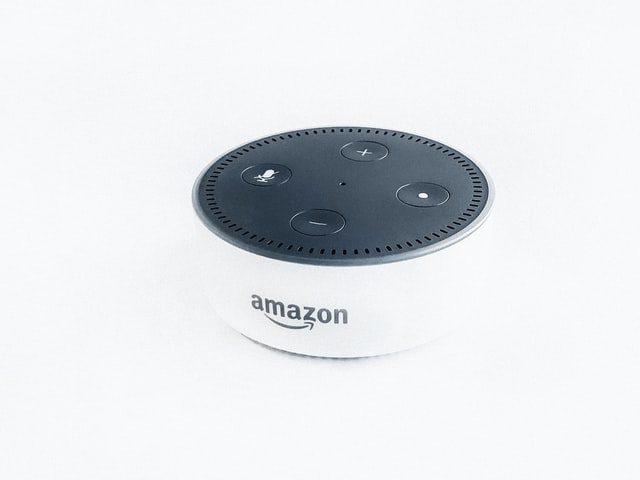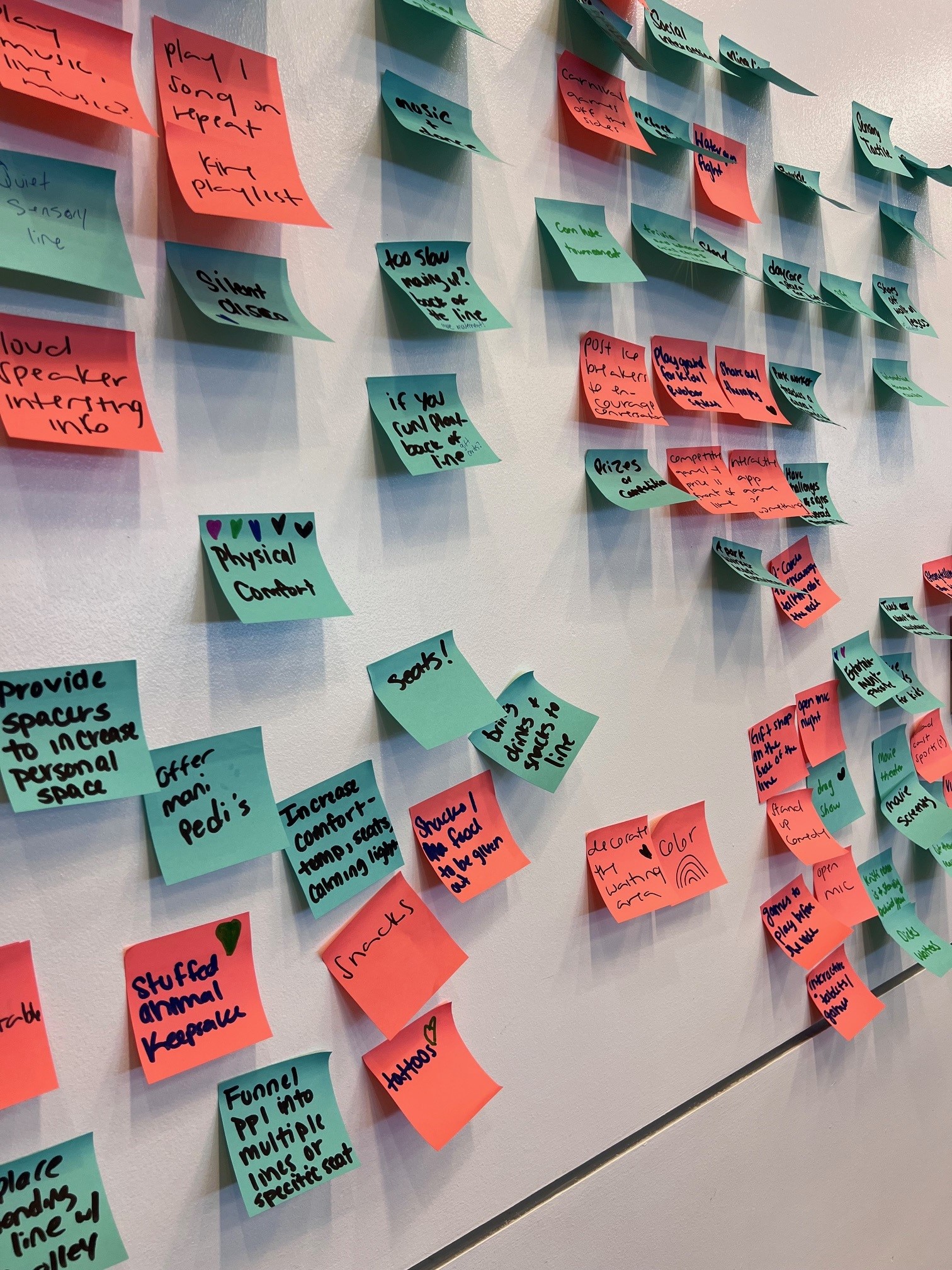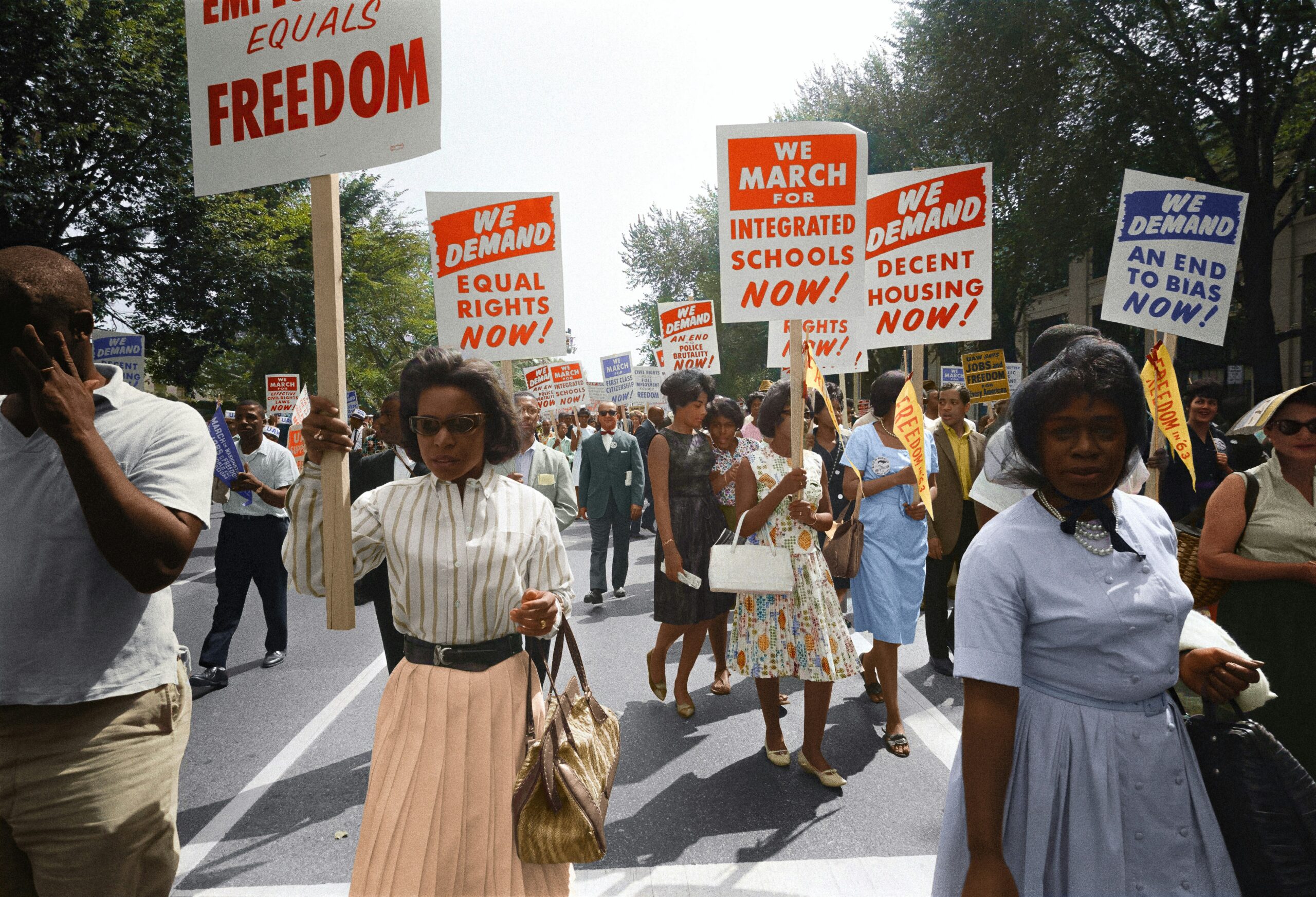The Sex Education Collaborative is delighted to share their first product to help existing sex education teachers become more effective.
Have you ever wondered why we have student standards for sex education in schools, guidance for pre-service teachers, but no standards to help existing sex education teachers become more effective? We wondered that too, and that’s why we decided to serve on a team of training organizations to address this gap. Our team[i] is part of the Sex Education Collaborative[ii], a group of 19 state, regional, and national organizations focused on adolescent sexual and reproductive health, and we are delighted to share our first product, the Professional Learning Standards for Sex Education.
We created these standards to offer clear guidance about what teachers should know and be able to do to implement effective sex education, no matter what curriculum or set of lesson plans they deliver. Our focus was on core skills across four domains:
- Context for Sex Education (communicating the value of sex education)
- Professional Disposition (values, bias, and disclosure)
- Best Practices for Sex Education (racial and reproductive justice, inclusive and affirming environments, teaching strategies, and responding to questions)
- Key content areas (healthy relationships, consent, identities, contraception, STIs, etc.)
We believe that the Professional Learning Standards for Sex Education can be useful to all of us who work in the field of adolescent sexual and reproductive health, no matter what our role.
As you look through these standards, keep in mind that we would never expect (or want!) someone to cover all of the standards in a single training. But the standards do provide guidance for what professional development should cover over time, and we believe that the Professional Learning Standards for Sex Education can be useful to all of us who work in the field of adolescent sexual and reproductive health, no matter what our role.
For example, teachers or other facilitators can use the self-assessment tool to plan and advocate for their own professional development. People who plan professional development for others can ask facilitators to complete the self-assessment and use the results to decide what to prioritize for professional development. Or they can use the one-page summary to talk with decision-makers about the need for professional development. And organizations like ours that design and deliver training will use the Professional Learning Standards for Sex Education to ensure our training content aligns with these standards. When you reach out to us for training, we can both use the standards to customize a training design that works for you.
There is more to come from the Sex Education Collaborative, and we will be sure to keep you in the loop. In the meantime, reach out with questions, comments, or requests for help with putting the Professional Learning Standards for Sex Education to work!
[i] The core team: Lauren Barineau* (GCAPP), Jodi Bernstein and Paige MacLeod (PPGNHI), Hector Campos (Cardea Services), Deb Christopher (ETR), Nora Gelperin (Advocates for Youth), Jennifer Hart (PPLM), Julie LaBarr (PPRM), Salem Osland* (EyesOpenIowa), Dan Rice (Answer), Valerie Sedivy (Healthy Teen Network), Tracy Wright (ETR).
(* staff no longer at those organizations)
[ii] Members of the Sex Education Collaborative: Advocates for Youth, Answer, Cardea, dfusion, Elizabeth Schroeder Consulting, ETR, Eyes Open Iowa, GCAPP, Healthy Teen Network, MOASH, Planned Parenthood, South Carolina Campaign to Prevent Teen Pregnancy, SIECUS, and SHIFT NC.








